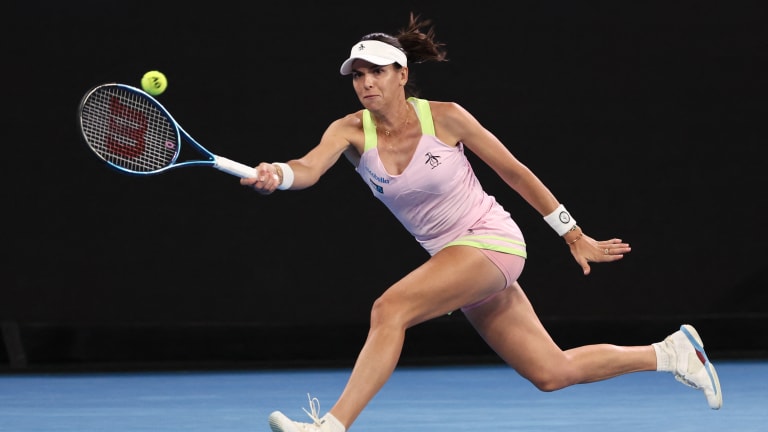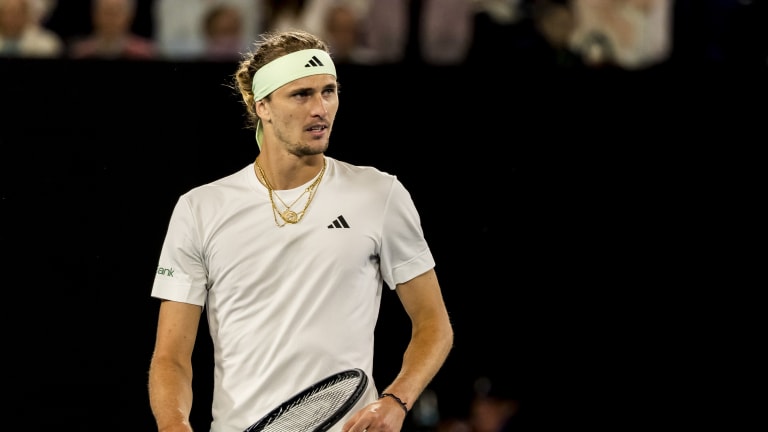How the specter of FOMO—the fear of missing out—looms large for professional tennis players
By Feb 23, 2024Style Points
Australian Open fashion review: Bright colors, new labels shine at season's first Grand Slam
By Jan 30, 2025Player News
Tennis Australia warns against competing in Russia after Thanasi Kokkinakis reportedly played there
By Jan 24, 2025Australian Open
Nick Kyrgios and Thanasi Kokkinakis retire from their Australian Open doubles match
By Jan 16, 2025Adelaide, Australia
Thanasi Kokkinakis to unwind with WWE on Playstation after three-hour thriller in Adelaide
By Jan 08, 2025Davis Cup
'I had a lot of information behind the decision': Bob Bryan's last-minute Davis Cup doubles swap falls short
By Nov 22, 2024Davis Cup
Jannik Sinner rolls in singles, then partners Matteo Berrettini to lift Italy past Argentina at Davis Cup Finals
By Nov 22, 2024Tennis.com Interview
Dominic Thiem prepares to retire, and has three post-tennis wishes: “I knew that if my body lets me, I’m going to finish in Vienna”
By Oct 21, 2024Laver Cup
Stefanos Tsitsipas dominates Thansai Kokkinakis at Laver Cup in US Open rematch
By Sep 20, 2024Laver Cup
Laver Cup, Day 1 Preview: Alcaraz-Zverev vs. Fritz-Shelton to follow three singles matches
By Sep 19, 2024How the specter of FOMO—the fear of missing out—looms large for professional tennis players
Understanding the pervasive role FOMO plays in tennis helps make sense of some baffling aspects of the game, from scheduling to other priorities.
Published Feb 23, 2024
Advertising

FOMO can rear its ugly head for a player like Ajla Tomljanovic, who missed nearly all of 2023 with injury.
© AFP or licensors
Advertising
Advertising

At the Australian Open, Zverev commented on the grueling 11-month schedule.
© Icon Sportswire via Getty Images